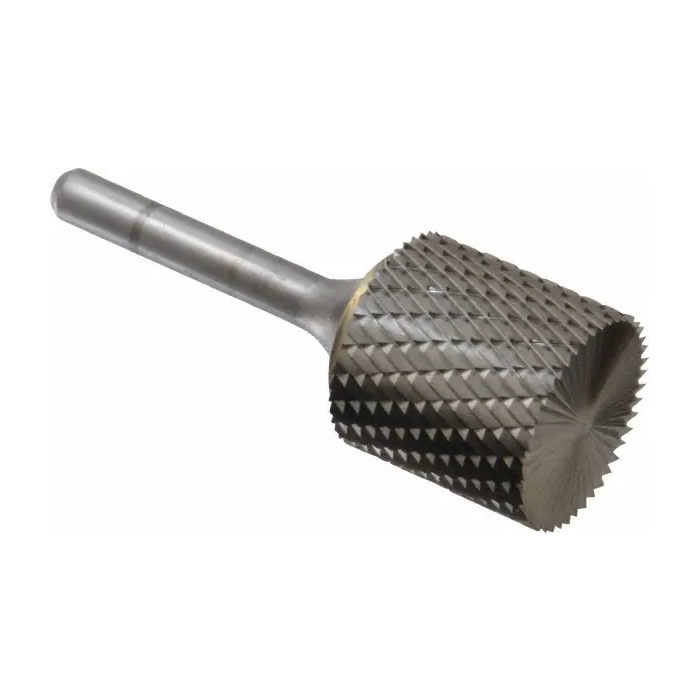Facts You Have To Be Familiar With Shapes of Carbide Burrs
This is a listing of the most prevalent shapes of carbide burrs:
Cylinder end-cut shape
Cylinder end-cut shape possesses a flat end and is a good choice for taking care of materials that have right angles as well as eliminating features. While completing contours on materials, a favorite solid carbide burr. Flat surfaces are taken off the majority of materials. Carbide cylindrical form end cut burs works extremely well for either end or side cutting due to their versatile nature. Deburring and polishing flat bottom holes and slots are a couple of common applications for them.

Cone shape
Deburring gear teeth, heat exchanger fan blades, inner bevel edges, and internal pipe edges are the applications that cone-shaped carbide burrs are developed. Exactly the same be a countersink, and in addition chamfers within holes deliberately.
Taper shape
Removing round features coming from a workpiece makes a merchandise that is a lot more seamless. A practical instrument that is able to access restricted locations and machine material surfaces
Flame shape
When cutting materials with round edges, use a carbide burr in the shape of a flame. The flame kind of carbide burrs is meant for use in deburring and polishing elliptic surfaces on steel dies, forgings, castings, and metal patterns.
Tree shape
as being a tree to look at however with a clear, crisp tip at the top. The round edges are ground with a series of carbide burrs in succession. This form makes it possible to easily access lengthy, tight locations are inaccessible using the most of the other shapes. Deburring and completing the deep contoured surfaces of steel dies, moulds, and metal patterns would be the primary functions that Tree Shape carbide burrs are intended to do. They can also be familiar with restore damaged places on dies which were a result of slugs.
Oval shape
While you continue to develop your project, this perfect carbide burr efficiently clears round edges around the workpiece that is handed to you personally. Oval-shaped carbide burs can be used deburring and polishing curved surfaces in steel dies, forgings, castings, and metal patterns. These burs are constructed of an oval cross-section. They are acustomed for your process of treating difficult fillet welds.
Ball shape
Carbide Deburring round bottom holes, curved slots, and curved metal and material surfaces are the applications for which ball-shaped burs were devised. In addition to that, you can utilize these phones widen or lengthen skin pores to help you treat hard fillet welds. The smooth machining of all round edges of workpieces, and also the preparation of workpieces for brazing, is created possible through the ball shape.
More info about SB-9 Carbide Burrs have a look at this useful net page